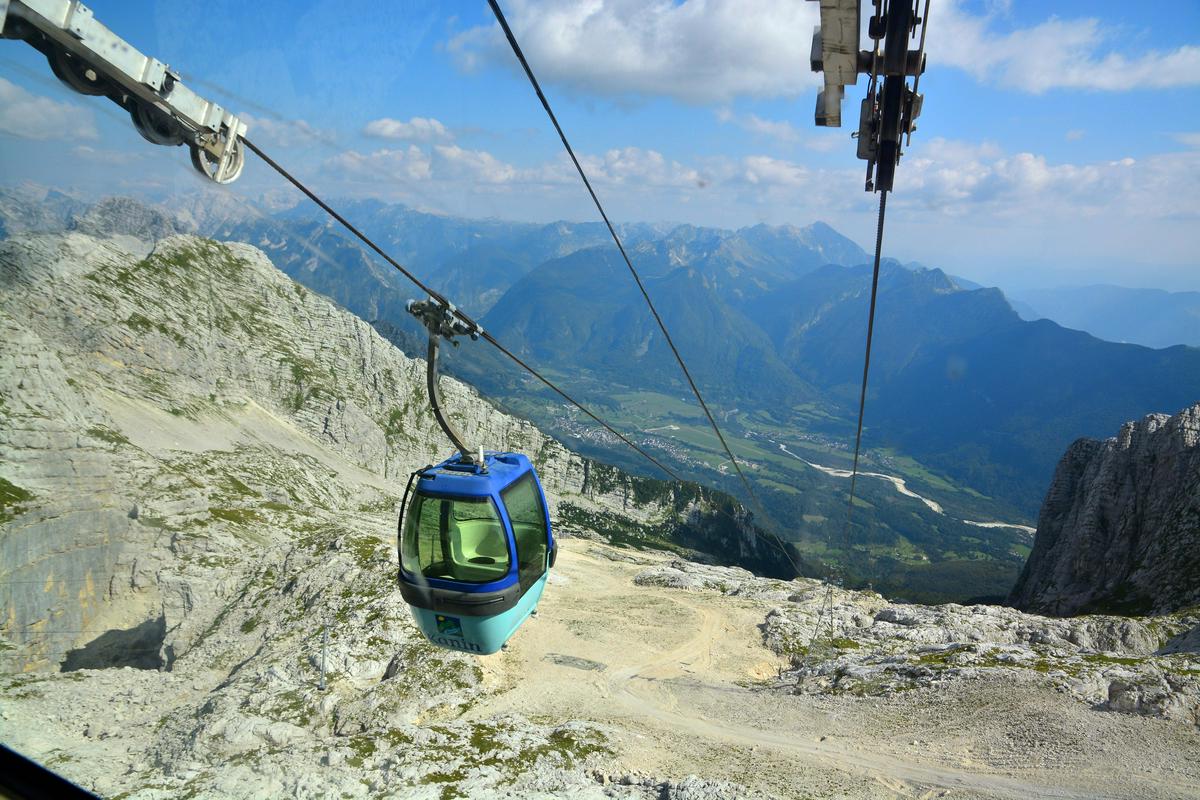
When World War I broke out, and the Soča River Valley became the site of heavy fighting between Italy and Austria-Hungary, the 2208-meter high Rombon emerged as one of Austria’s most important strongholds. In addition to its strategic significance, it provided an unparalleled view of the valley and its surrounding mountains – as well as much of the Isonzo Front.
Between 1915 and 1917, Rombon saw numerous attacks by the Italian forces. Soldiers on both sides spent weeks in trenches, knowing that they could die from a shell at any moment. The sound of shelling could be heard dozens of kilometers away. The mountainous terrain made things even worse. Some of the men fell to their deaths from the cliffsides while moving from one part of the mountain to another; a few were even killed by lightning. Hunger added to the nightmarish conditions. Often, the only source of food came in the form of cans taken from enemy soldiers who had been captured or killed.
Soldiers of all ethnicities of Austria-Hungary participated in the battles on Rombon, but Bosnian Muslims became particularly well-known for both their courage under fire and their take-no-prisoners approach. Many of them came from mountainous parts of Bosnia-Herzegovina and were used to the difficult weather conditions at high altitudes.
The exact number of soldiers who died on Rombon will never be known, but hundreds of thousands perished on the Isonzo Front. Ultimately, the bloody battles in the area did not change the course of World War I; its outcome had been decided elsewhere. But the battles of Rombon live on in the local imagination, in the fortresses and bunkers that crisscross the mountains, and in old artillery, which is still found in the most unexpected of places. They all serve as a reminder of a time when this beautiful corner of Slovenia was soaked by the blood of thousands of soldiers, many far away from home.

































































